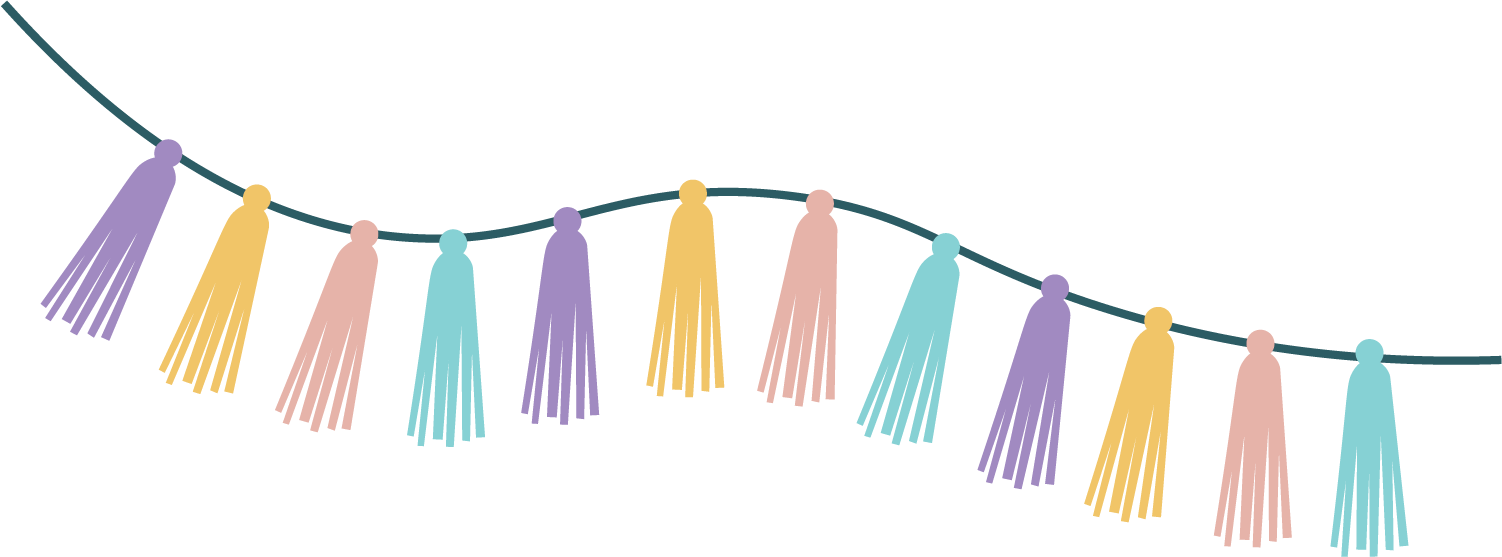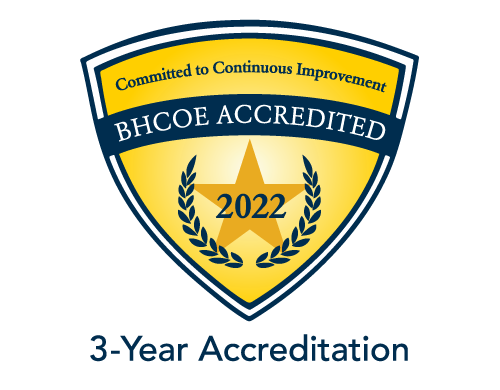Autism Spectrum Disorder (ASD) is a complex neurodevelopmental condition that affects an individual’s ability to communicate, interact with others, and engage in typical social behaviors.
It often becomes evident in early childhood, and providing the proper support and education during the preschool years is crucial for the long-term well-being and development of children with autism.
Applied Behavior Analysis therapy is a widely recognized and evidence-based approach that has shown significant benefits for children with autism.
In this comprehensive guide, we will explore the role of ABA therapy in preschool for autism and address common questions and concerns about this vital subject.
Autism Spectrum Disorder
Autism Spectrum Disorder is a complex and diverse condition.
It encompasses various symptoms and abilities, leading to a spectrum of functioning levels.
The core features of ASD include challenges with social communication and restricted repetitive behaviors.
However, these symptoms can vary significantly from one individual to another.
Some autistic children may have exceptional strengths in specific areas, such as math, art, or music.
It is essential to recognize that there is no one-size-fits-all approach to supporting children with autism.
Each child is unique, and their needs and abilities should be considered when determining the most appropriate educational and therapeutic strategies.
The Importance of Early Intervention
Early intervention is a critical component of supporting children with autism.
Research has consistently shown that the earlier a child receives intervention, the better their long-term outcomes will likely be.
Early intervention can help autistic children develop essential communication and social skills, reduce challenging behaviors, and increase their overall quality of life.

The preschool years, typically between the ages of 3 and 5, are a crucial time for intervention.
During this period, children are rapidly developing essential skills and learning to interact with their peers.
By providing targeted support during these formative years, we can help autistic children build a strong foundation for future success.
What Is ABA Therapy?
Applied Behavior Analysis (ABA) is a scientific approach to understanding and changing behavior.
ABA therapy is based on the principles of behaviorism and is widely recognized as an effective intervention for children with autism.
It involves systematically analyzing behavior, identifying the underlying causes, and using evidence-based strategies to promote positive behavior change.
ABA therapy is highly individualized, and interventions are tailored to the specific needs and goals of each child.
It focuses on teaching new skills, reducing problematic behaviors, and improving overall functioning.
ABA therapists use various techniques, including positive reinforcement, prompting, and shaping, to achieve these goals.
How ABA Therapy Benefits Children with Autism
ABA therapy offers a range of benefits for children with autism, which makes it a valuable tool for preschool intervention.
Here are some of the key advantages:
Skill Development: ABA therapy helps children acquire a wide range of skills, from communication and social interaction to self-help skills and academics.
These skills are essential for success in a preschool environment and beyond.
Reduction of Challenging Behaviors: ABA therapy is effective in reducing challenging behaviors often associated with autism, such as aggression, self-injury, and tantrums.
By addressing the root causes of these behaviors, children can better manage their emotions and reactions.
Socialization: ABA therapy places a strong emphasis on improving social skills.
Children learn to engage with their peers, understand social cues, and build relationships.
These skills are crucial for preschool settings, where social interaction is a significant part of the daily routine.
Individualized Support: ABA therapy is highly individualized, meaning interventions are tailored to each child’s needs and strengths.
This personalized approach maximizes the effectiveness of the treatment.
Data-Driven Progress Tracking: ABA therapists collect and analyze data to track a child’s progress.
This data-driven approach allows continuous assessment and adjustment of the intervention plan to ensure the best possible outcomes.
Integrating ABA Therapy in Preschool
Integrating ABA therapy into a preschool program for autistic children involves collaboration between educators, therapists, and parents.
Here are some key considerations:
Collaborative Team: A multidisciplinary team approach is essential.
ABA therapists should work closely with teachers and other professionals to create a comprehensive plan that addresses the child’s educational and therapeutic needs.
Individualized Goals: ABA therapy sessions should align with the child’s Individualized Education Plan (IEP) or Individualized Family Service Plan (IFSP).
These plans outline specific goals and objectives for the child’s development.
Consistency: Consistency is crucial.
ABA techniques used at home and in therapy should be reinforced in the preschool environment, promoting the generalization of skills across different settings.
Data Sharing: ABA therapists and preschool staff should regularly share data and observations to ensure that the child is progressing and that the intervention plan remains adequate.
Family Involvement: Parents and caregivers play a vital role in the success of ABA therapy.
They should be involved in therapy sessions and encouraged to reinforce skills at home.
The Role of Preschool for Autism
Preschool for children with autism serves several vital functions:
Socialization: Preschool provides a structured and supportive environment for autistic children to practice and develop social skills.
It offers opportunities for interaction with peers, which is crucial for their overall development.
Academic Readiness: Preschool helps children build the foundational academic skills they will need as they progress through their education.
ABA therapy can be incorporated into the curriculum to ensure children receive appropriate support.
Routine and Structure: Children with autism often benefit from practices and structured environments.
Preschool settings offer consistency and predictability, which can help them thrive.
Individualized Support: Preschools that cater to children with autism are equipped to provide individualized support.
This includes accommodations for sensory sensitivities and tailored teaching methods.
Choosing the Right Preschool for Autism with ABA Therapy

Selecting the right preschool for a child with autism is a significant decision for parents and caregivers.
Here are some factors to consider when making this choice:
Accreditation and Certification: Ensure that the preschool is accredited and staffed by certified professionals, including ABA therapists who have appropriate credentials.
Inclusive Environment: Look for a preschool that promotes inclusion and celebrates diversity.
An inclusive environment encourages positive interactions among all children.
Individualized Education Plans: The preschool should be willing to work with you to create an individualized education plan that meets your child’s specific needs and goals.
Parent Involvement: Choose a preschool that encourages parental involvement and provides resources and support to help parents reinforce their child’s learning at home.
Positive Reviews and Recommendations: Seek recommendations from other parents of autistic children and read online reviews to understand the preschool’s reputation and track record.
Conclusion
Preschool for children with autism, combined with ABA therapy, can be a transformative experience that sets the stage for a child’s future success.
Early intervention and tailored support are critical in helping autistic children develop essential skills and reach their full potential.
By selecting the right preschool, collaborating with qualified professionals, and maintaining a solid partnership between home and school, parents and caregivers can provide children with the best possible start in life.
For more information on preschools offering ABA therapy for autistic children and to explore comprehensive support options, please visit Dream Big Children.
They are dedicated to helping your child achieve their full potential through individualized programs and expert care.
FAQs
What age is appropriate to start ABA therapy in preschool for a child with autism?
ABA therapy can start as early as age 2-3. The earlier the intervention, the better the outcomes, so it’s important to seek services as soon as an autism diagnosis is made.
How long does ABA therapy typically last in a preschool setting?
The duration of ABA therapy in preschool varies based on the child’s needs. Some children may benefit from ongoing treatment, while others may transition to less intensive support as they progress.
Is ABA therapy the only approach used in preschools for autistic children?
No, ABA therapy is often part of a broader approach that may include other therapeutic techniques, speech and occupational therapy, and educational strategies tailored to the child’s needs.
What qualifications should ABA therapists have in a preschool for autism?
ABA therapists should have appropriate certification and training in applied behavior analysis. Look for therapists with experience working with children with autism.
Is it necessary to have an autism diagnosis to attend a preschool for children with autism?
While a formal diagnosis is not always required, a comprehensive evaluation will help determine the best course of action and the appropriate level of support for the child.
How can I support my child’s learning at home while they attend a preschool for autism with ABA therapy?
Work closely with the preschool and ABA therapists to reinforce skills and techniques at home. Consistency is critical to your child’s progress.
What can I expect from the preschool’s communication regarding my child’s progress and development?
The preschool should regularly update your child’s progress and focus areas. Effective communication is crucial for a successful partnership.
Are there financial assistance options available for preschool for children with autism and ABA therapy?
Some regions offer financial assistance or subsidies for early intervention services for autistic children. Check with local authorities and organizations for information on available support.
How can I help my child transition from preschool to elementary school after receiving ABA therapy?
A smooth transition involves collaboration between the preschool and elementary school, emphasizing the sharing of information, strategies, and resources. Preparing your child in advance and maintaining consistent support can also aid in the transition.
What are the long-term benefits of early intervention through ABA therapy and preschool for autistic children?
Early intervention through ABA therapy and preschool can improve communication, social skills, and overall quality of life. It can also increase a child’s readiness for further education and greater independence in adulthood.


